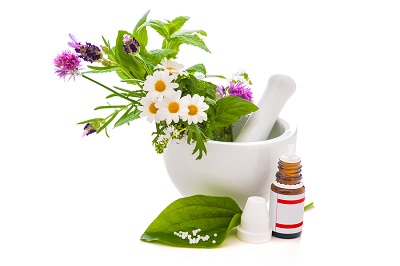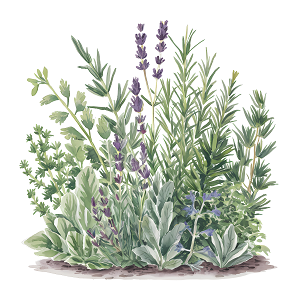 Herbs are used in different capacities in the medical field. Besides being the precursors to some of modern medicine, they are used now by millions of people who are looking for more natural relief of their ailments. We are going to discuss a few homeopathic herbs and how they are being used.
Herbs are used in different capacities in the medical field. Besides being the precursors to some of modern medicine, they are used now by millions of people who are looking for more natural relief of their ailments. We are going to discuss a few homeopathic herbs and how they are being used.
What is Homeopathy?
Have you ever heard of homeopathic medicine? If not, here is a basic breakdown of what it is. It is based on the body learning to heal itself – “like treating like.” When an invading germ or bacteria enters the body, its defenses create antibodies to fight it. Now that invader is recognized if it ever appears again.
Homeopathy uses a highly diluted form of the substance that is causing the symptoms in the body to trigger the natural defenses within to begin healing. An example would be to expose allergy sufferers to a small dose of pollen, ragweed or dust mites to help their bodies become desensitized to it. The repeated dilutions are to render the substance non-toxic.
Homeopathic Herbs and Their Uses
There is more to homeopathy than what we have said above. You can learn more about this type of medicine to get a clearer picture of the mechanisms at work here. Now, we are going to focus on some of the herbs used as a part of that type of treatment.
Homeopathic medicines can be given in pill or liquid form depending on what is prescribed by the natural pharmacy. They can also instruct you on dosage and frequency of use. They are recommended for treatment of minor ailments.
- Arnica – This is also called “mountain daisy.” It is used to relieve pain after injury like in sports and exercise.
- Allium – Onion is a part of this family of plants. A common use for it is to help with common cold symptoms. As anyone who has cut an onion knows, it causes eye tearing and a runny nose.
- Chamomile – It is soothing when steeped as a tea but also for relieving teething pain in children. It’s used with colicky babies as well.
- St. John’s wort – Known to help improve mood, it can also be used for injuries and cuts that are accompanied by lots of sharp pains.
- Nux vomica – It’s also known as “poison nut.” Works to relieve nausea and stomach complaints brought on by too much food and alcohol or a stomach bug.
- Sepia – Assists with female menstrual issues.
- Aconite – Used for treating shock, fever and maybe insomnia.
- Apis – Used to treat insect stings on the body and resulting rashes and/or hives.
Herbs have been a part of medical treatment even before recorded history began.
